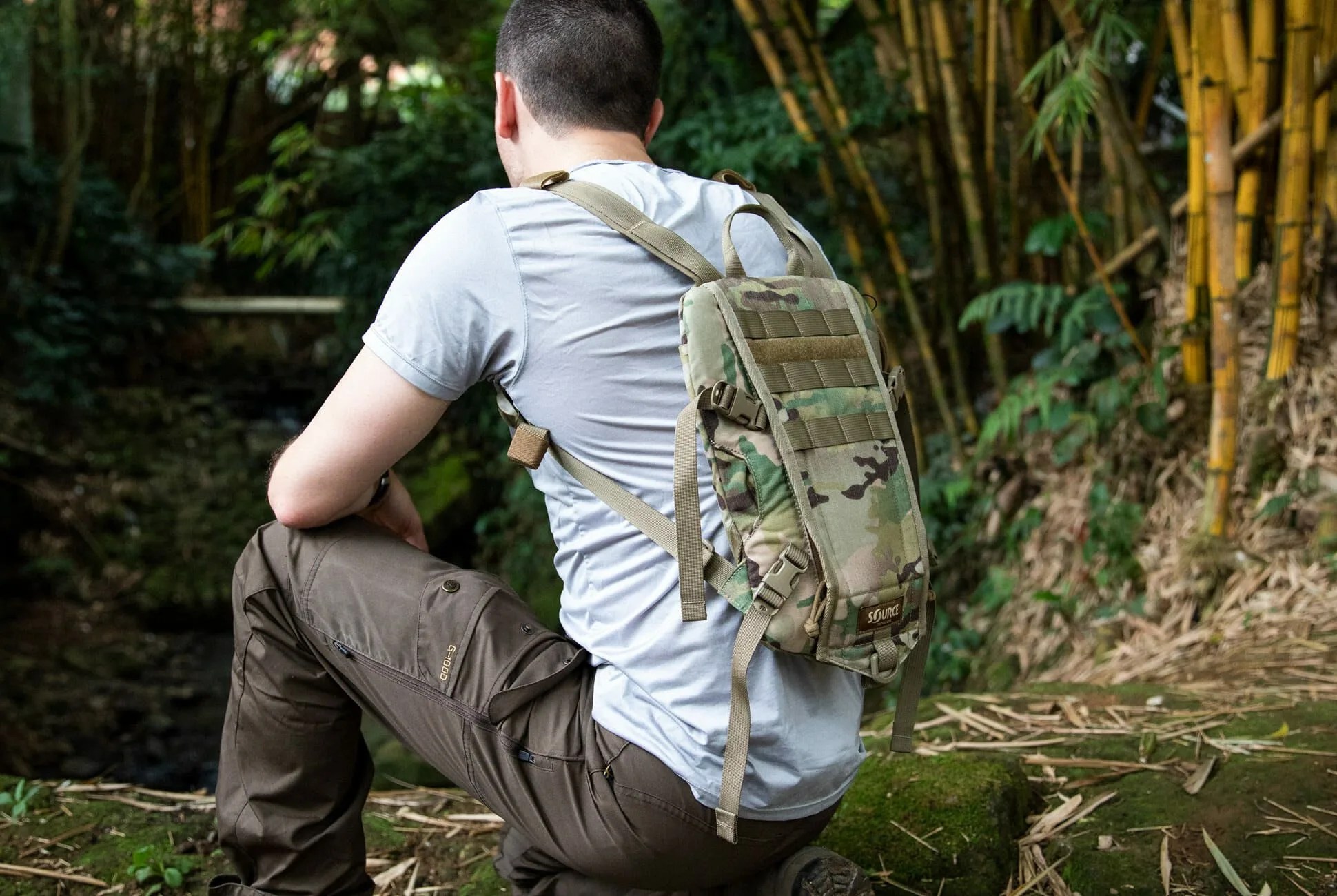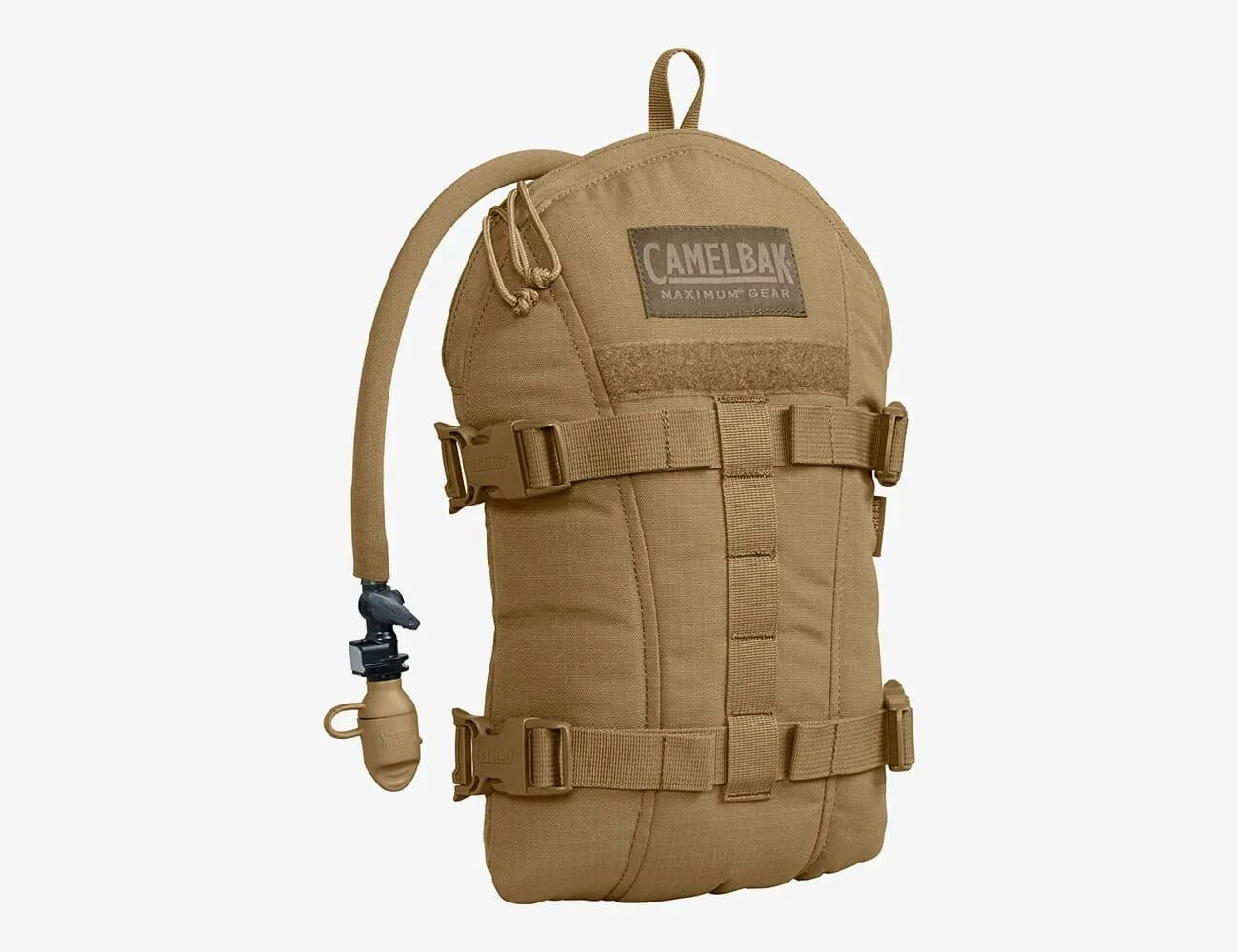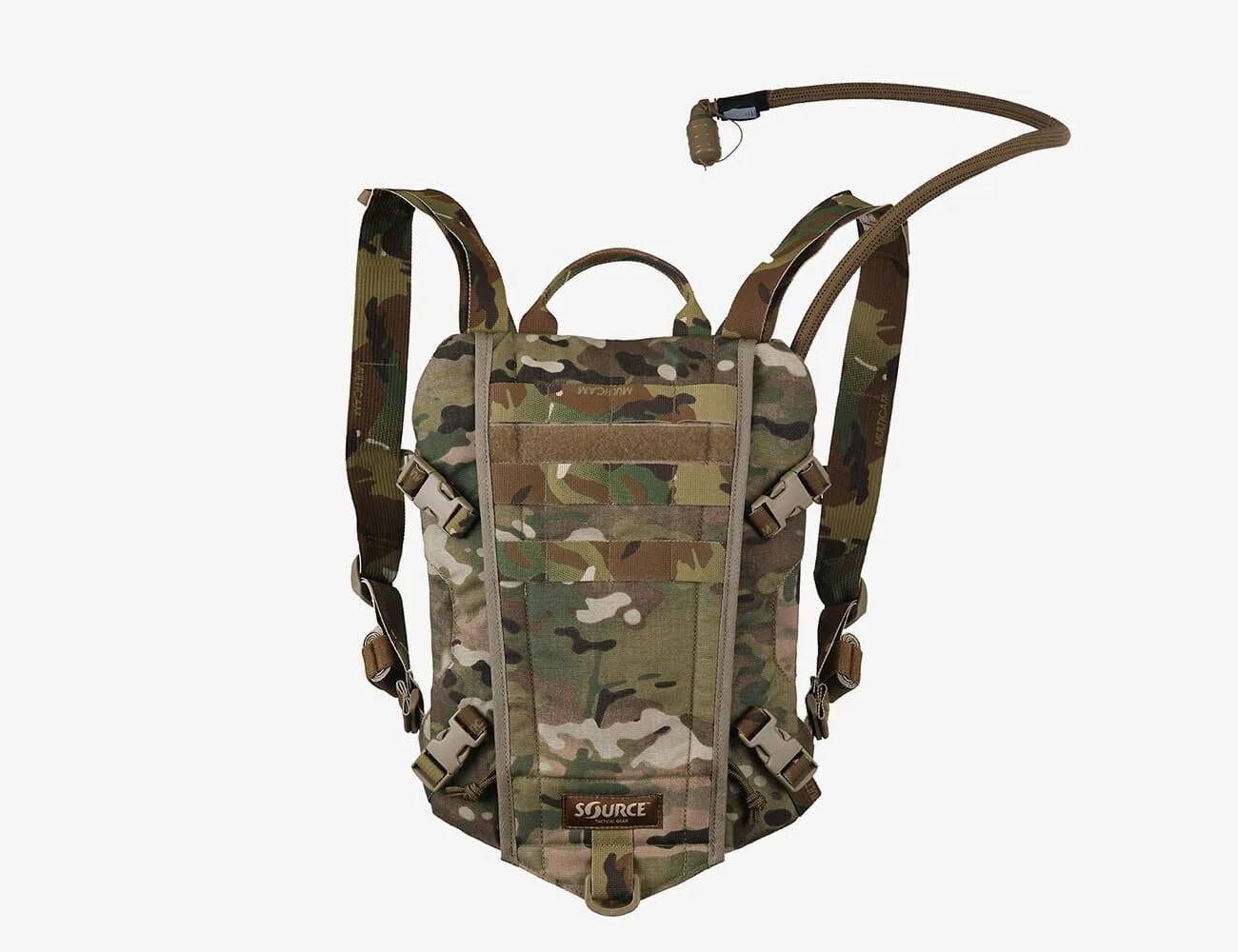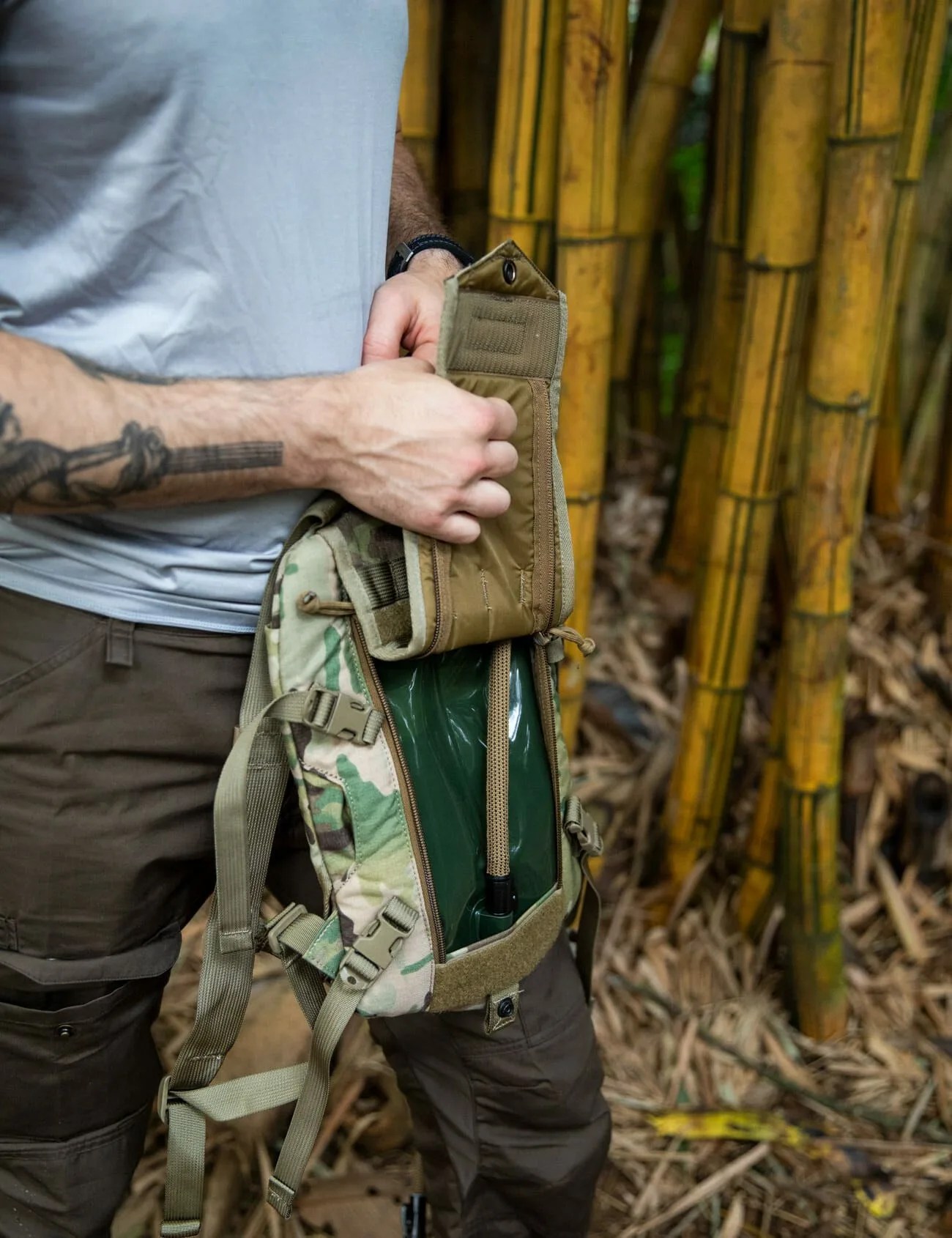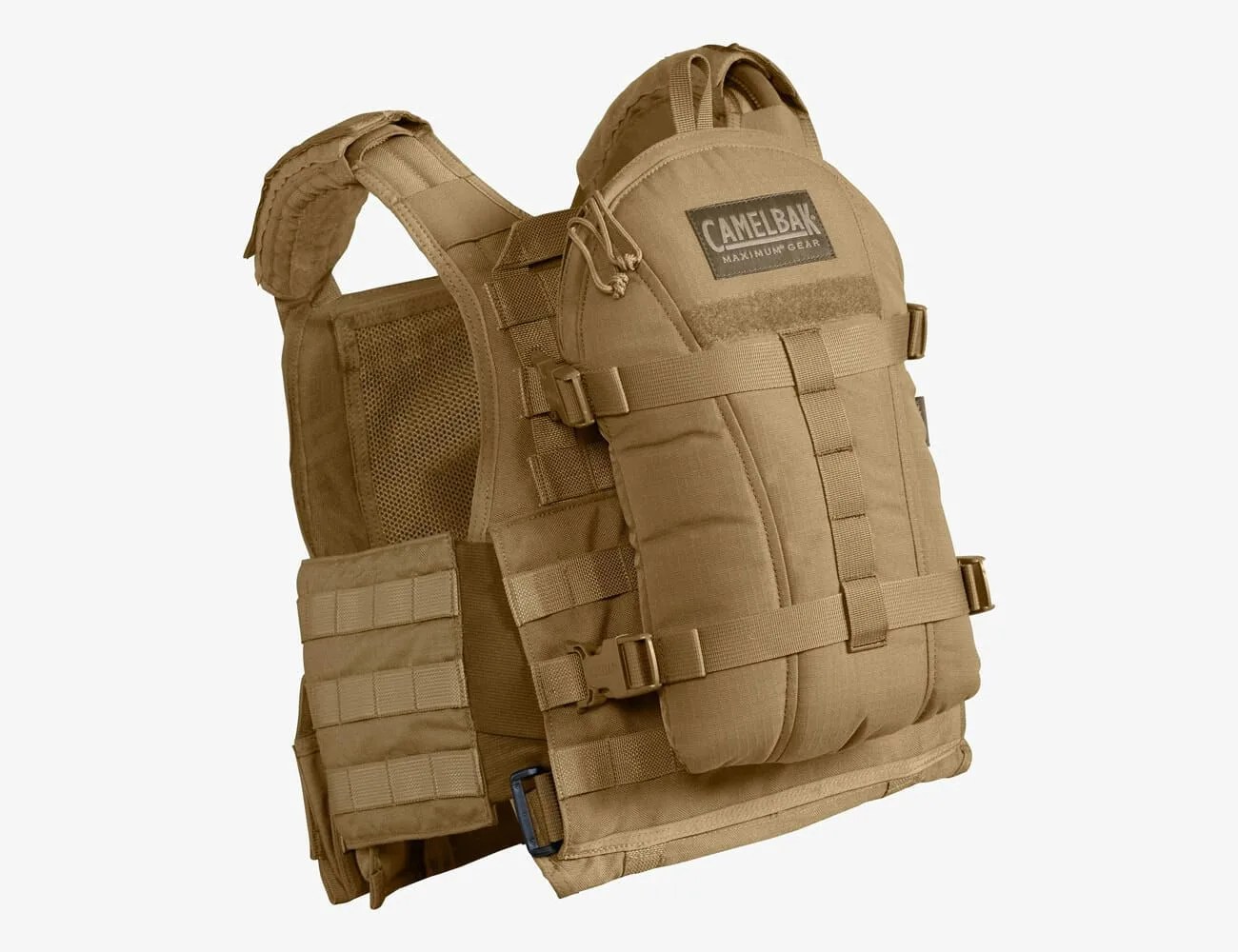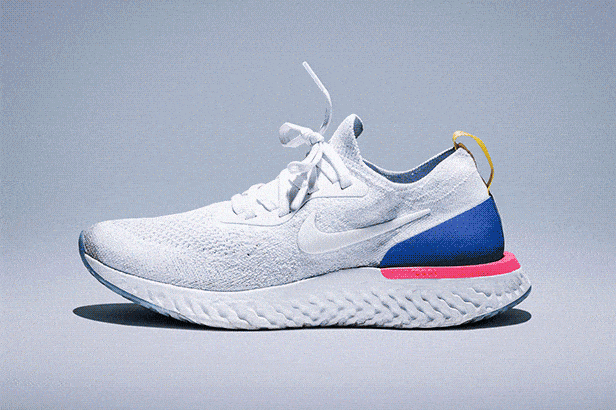In 1989, a trained EMT and competitive cycler named Michael Eidson created a makeshift hydration system using an IV bag filled with water, a tube sock and a clothes pin. Several months later, he began selling an improved version of this product, the first of the now-famous CamelBak. American soldiers began using his system during the First Gulf War, and by the time Bear Stearns Merchant Banking bought the company for $210 million in 2004 (and subsequently resold several times), it was well poised to fill enormous government contracts for hydration systems to various militaries around the world.
These days, such portable hydration systems that make use of a bladder-and-tube design are so widespread and ubiquitous that we hardly give them a second thought: Indeed, so many options abound that it can be overwhelming to differentiate one from the other. A water-filled sack held in a backpack-like pack with a tube coming out of it is basically the same thing no matter who makes it, no?
Sort of. As it is with many product categories, it’s the small differences that differentiate one hydration system from another. How big is the bladder? What materials are used, and do they provide taste-free water? Does the pack integrate with military load-bearing systems easily, such as PALS webbing (a type of grid patchwork that allows for the attachment of different types of gear)? Is it comfortable to wear for many hours at a time?
We found a convenient testing ground for three hydration systems in Colombia recently, which we visited with Waves for Water, an American NGO dedicated to bringing in clean water solutions to areas affected by natural disasters, conflict and remoteness. With support from Panerai, the Swiss-owned dive watch manufacturer with Italian military origins, Waves for Water brought in Sawyer water filtration systems to a remote village outside Medellin, and Gear Patrol had the opportunity to tag along and witness the mission firsthand.
The Competition
Agilite Edge 3L Hydration Pack
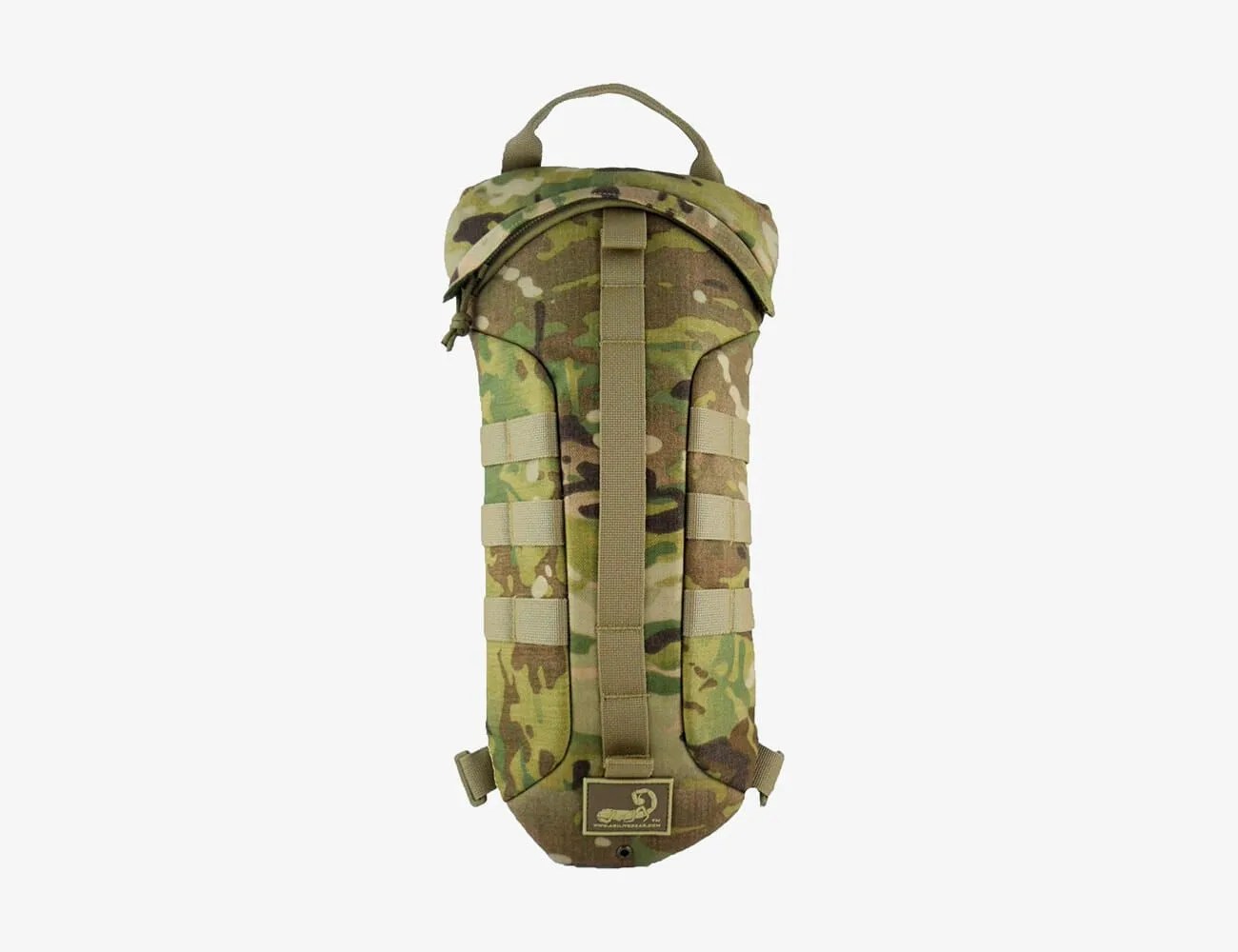
The Edge 3L from Israeli company Agilite is a more traditional system in the sense that it’s a tall 3L back with included shoulder straps. Agilite primarily builds military products, and the Edge 3L can be integrated with MOLLE (Modular Lightweight Load-Bearing Equipment)-style vests and plate carriers. However it’s not a compact design like the Rider or the Armorbak.
